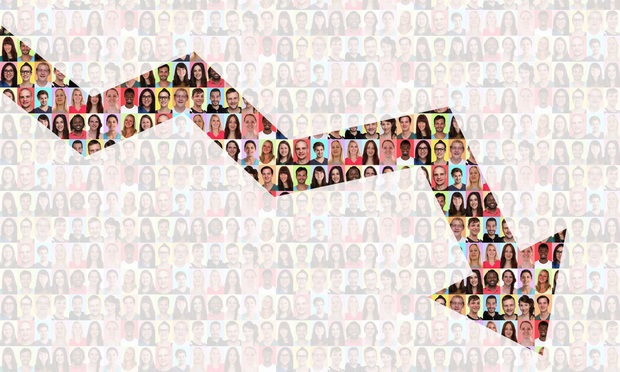Affordable housing rent collections continue to struggle as the pandemic wears on. According to a new report from proptech company MRI Software, affordable housing rent collections were 77% of 2019 collections in August, and 76% of collections in July 2019. The report pulls from 1.5 million affordable housing units located throughout the US.
Affordable housing is traditionally a strong performer during a downturn but in this recession rent collections are lagging likely because service workers have been heavily affected by the shutdowns and resulting furloughs.
One exception has been public housing, which has seen strong rent collections, no doubt due to the government support. In August, public housing rent collections were 94% of rent collections in August 2019. In July, public housing rent collections were 96% of July 2019 collections.
However, in both market segments, both new admission and move-out certificates have been low in both August and July, suggesting that residents are staying in place, regardless of rent payments.
Affordable housing isn’t the only multifamily segment that is struggling with rent collections. According to the National Multifamily Housing Council’s Rent Payment Tracker, apartment rent collections overall are declining. This month, only 86.2% of apartment units made a full or partial payment, roughly on par with rent collections at the same time in August. However, in June, rent collections hit 89% by the middle of the month, a high for the pandemic and a sign—at the time—that collections were increasing. Typically, rent collections are close to 90% by the middle of the month.
While it is too soon to tell where September will fall in terms of total rent collections, August rent collections dipped compared to previous months during the pandemic to 94.5%. Prior to August, rent collections had been above 95% since May, hitting a high of 95.9% in June.
The market retraction in August coincides with the expiration of unemployment benefits, which many landlords feared would put pressure on an already distressed market. This could also explain the discrepancy between affordable and public housing rent collections. According to the report, public housing rental assistance offers more significant rental subsidies to tenants compared to affordable housing, which in place of subsides offers below market rents to people earning less than the median area income.
Affordable housing traditionally outperforms other areas of multifamily during economic dislocations. In 2008, affordable housing rent collections actually increased by 1.5%. Throughout the last recession, rent collections never dropped below 95% and following the recovery, rental rates increased through 2019.
While this is a different recession than the financial crisis, affordable housing is likely to follow the same trend in the long run. As the economic dislocation continues, market rate apartment residents will start to seek more affordable housing options, increasing demand for affordable units. That is the one certainty, according to MRI’s Brian Zrimsek, affordable housing demand will not decline.
